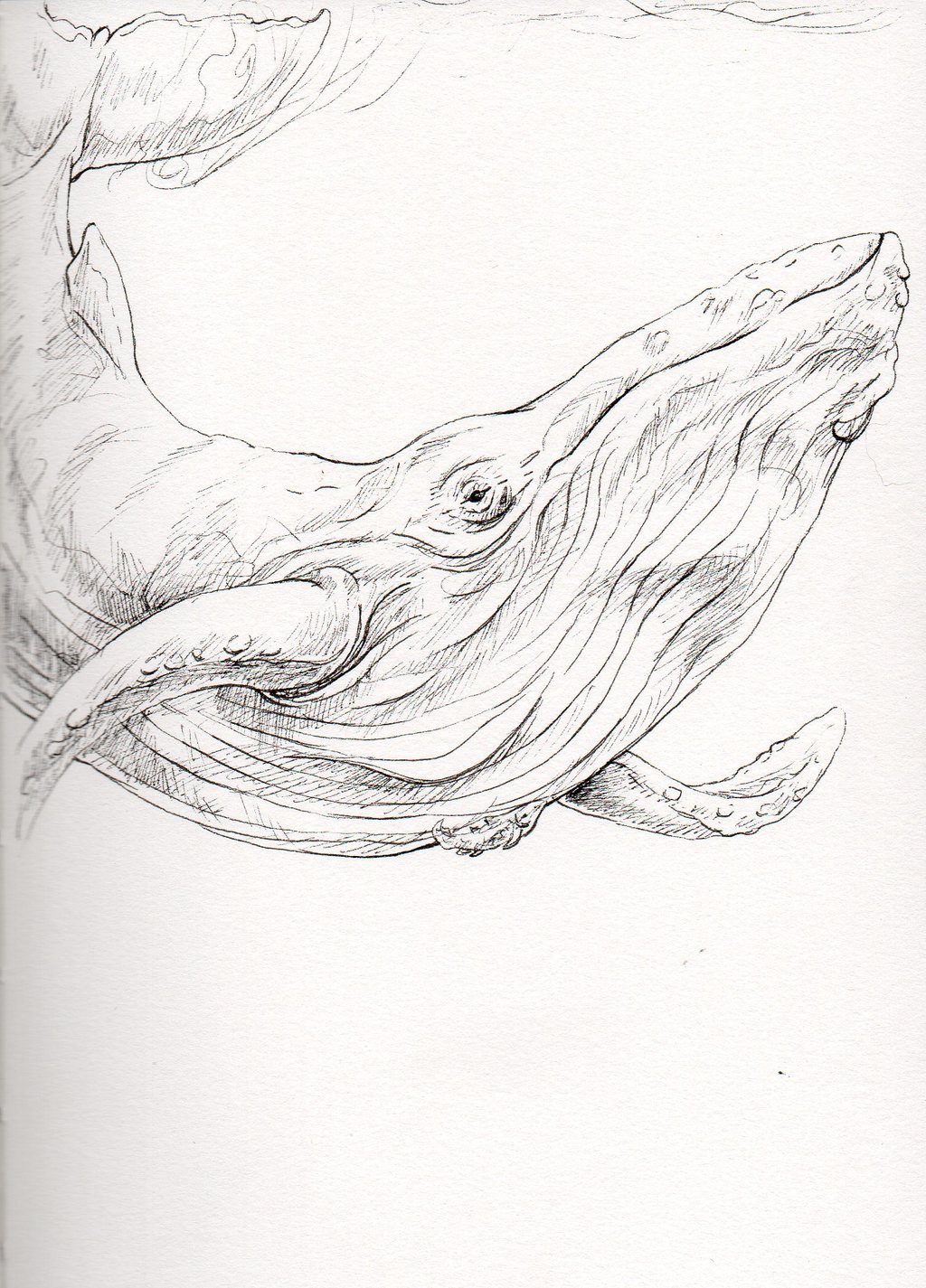Sign In
CloseTotem of the day is Blue Whale! Be generous to those around you by helping however you can. Whether this be just listening to family or friends or helping a charity. When listening or speaking, be sure to keep clear in your communication so that there are not misunderstandings. If you have been gathering resources for a project, know that now is the time that you are ready to breathe deep and jump into working on it. Expect messages coming from the Spirits around you because they will be strong and important. The Blue whale spirit is known for it's connection to intelligence, depth of emotion, sacred meditation, and communication. When Blue Whale shows up, this is a reminder to communicate clearly with yourself and those around you as well as to keep practicing meditation techniques in which you can think on life and communicate with the Spirits. They are a symbol of encouragement to grow to knew heights while still remembering to take pleasure in the joyful aspects of living each day fully. The Blue Whale can often help us when we are having family issues in order to build a stronger bond with our family or friends. Whales play a part in tales across many cultures. The Inuit and Northwest Coast Native Americans held whales as honored animals that were signs of luck when seen. Icelandic tales tell of how a Blue Whale warned of danger to fishing boats by circling the boat three times. People who connect with Blue Whale always have an open ear or helping hand for those around them with their compassionate, generous nature. These big-hearted types enjoy any sort of vocal interaction including speaking and singing. Often carrying a large presence in any room they enter, they also contain a depth of insightfulness and intelligence within themselves. These individuals work well at creating a balance between time with friends, mate, and alone.
Blue Whale, Balsenoptera Musculus, are carnivorous mammals that can live up to 45 years old. They are the largest mammal in the world and theorized to be the largest creatures to ever had existed. An adult Blue Whale can reach over 100 ft long and weigh over 352,000 lbs. These animals are so large their hearts are approximately the size of a small car with arteries so big a human could swim through them. They can be found throughout subtropical and polar waters all over the world. There are three subspecies of Blue Whale: the Southern Blue Whale, the Northern Blue Whale, and the Pygmy Blue Whale. Even thought they are named the Pygmy Blue Whale, this species can also reach up to 80 ft in length. The Southern Blue Whales live throughout the southern hemisphere while the Northern Blue Whales will keep to the North Atlantic and North Pacific Oceans. The Pygmy Blue Whale can be found in the south with a preference for the southern Indian Ocean along the South Pacific. Due to their slow maturing rate and being hunted by humans, these massive creatures are endangered and considered a protected species. Although massive in size, Blue Whales are long and narrow in order to enable a streamlined, easy glide through the ocean waters propelled by their large, powerful tail. These strong tails can propel a diving Blue Whale up to 700 feet below the surface easily. Blue Whales possess two blow holes, like their relatives, that expels both sea water and stale air when they surface to breathe. The large pleats on their light-colored throat allow them to expand their throat up to four times it's original size when feeding. Blue Whales belong to the group of whales called Baleen Whales due to the 395 bristle-like, hard plates called Baleen plates which hang from their upper jaw. These are used in order to food out of the water as they feed. Their diet consists of primarily krill and small custraceans although they are known to eat a few small fish now and then. They will swim upwards towards a shoal of prey and take a huge gulp of water into their expanded throat. This water is then expelled out while their baleen plates keep the prey within their mouths for consumption. A single Blue Whate can eat up to six tonnes of prey in one day during the summer months. However, after migrating to warmer waters during the winter in order to breed, they will barely eat anything at all. Generally solitary unless it is a female with her baby, Blue Whales will gather sometimes in small groups in order to feed. Communication between these whales is exceptionally loud with volumes recorded at over 180 decibels. Not only are they the largest animals in the world, but they are also the noisiest. Communicating in song, Blue Whales will create rumbles, squeaks, and hums with an increase in noise during the breeding season. A female Blue Whale will gestate for an entire year before giving birth to a single calf while returning in her migration from the breeding waters. A newborn whale calf already weighs over 2 tonnes with a length of over 20 feet. The mother will eat barely anything while she nurses this calf which can drink up to 200 lbs of milk in a single day. This calf will stay with her for another entire year, although they are weaned from nursing after 8 months of age. Blue Whales will not reach maturity until 10 or 15 years of age. A female will only breed every 2 or 3 years.
Submission Information
- Views:
- 464
- Comments:
- 0
- Favorites:
- 1
- Rating:
- General
- Category:
- Visual / Traditional




